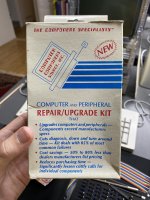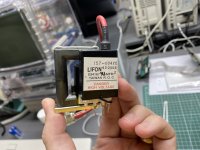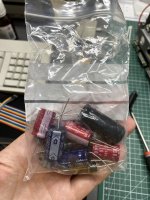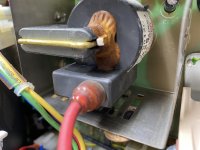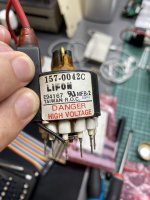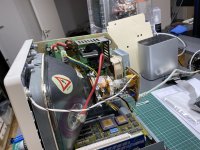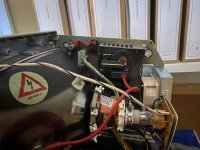Fortunately I don't think most of us use our compacts enough to 'really' worry about wearing out the CRTs. Keep the brightness down and you are good for 5K hours, easy. Might even squeeze 10-15K if you aren't afraid of a little burn-in and don't mind cranking up the brightness a bit later in its life. Eventually the cathode will get too weak to do its job no matter how easy you are on it but that would most likely be beyond the 15K hour mark.
To put that hour number into perspective, an 8-5 M-F schedule all year is ~2K hours. Color CRTs, in general, were expected to last between 20-30K hours so those have TONS of life left in them for the most part.
9" and up the tubes will likely only have aquadag on the outside of the tube. They tended to aluminize the inside on display CRTs and only small oscope tubes ran with only aquadag. Aluminizing removed the need for ion traps on the larger screens.
To put that hour number into perspective, an 8-5 M-F schedule all year is ~2K hours. Color CRTs, in general, were expected to last between 20-30K hours so those have TONS of life left in them for the most part.
9" and up the tubes will likely only have aquadag on the outside of the tube. They tended to aluminize the inside on display CRTs and only small oscope tubes ran with only aquadag. Aluminizing removed the need for ion traps on the larger screens.

